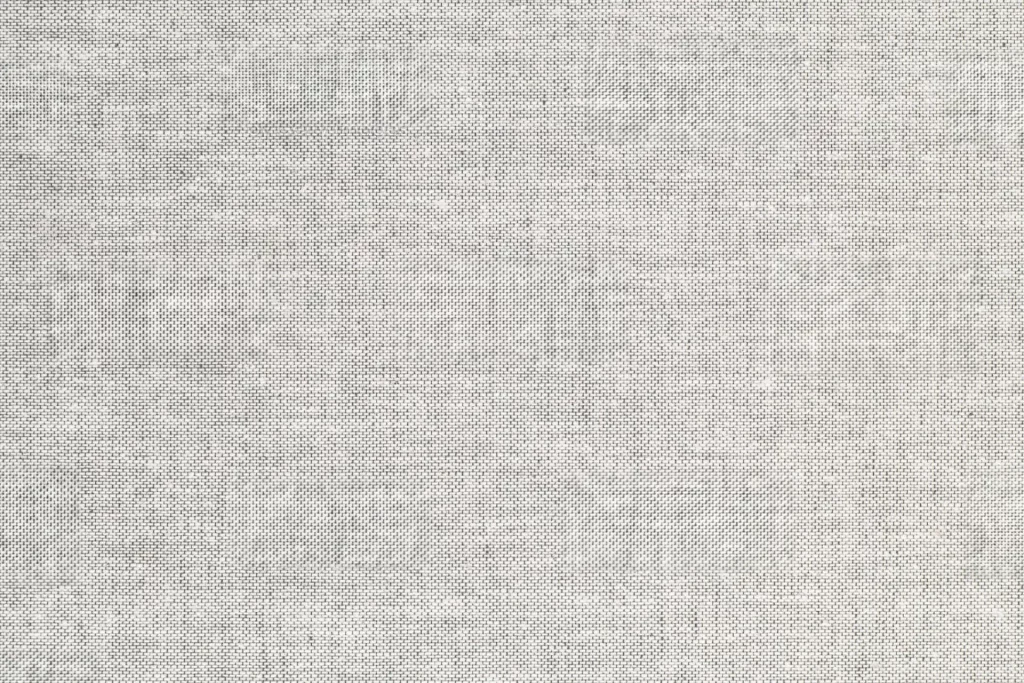Woven fabrics form the foundation of countless garments and projects in the world of sewing and pattern making. They are created through the interlacing of warp and weft threads, resulting in a sturdy and versatile textile. In this article, we will delve into the fascinating realm of woven fabrics, exploring their construction, characteristics and applications from the perspective of a seamstress.

What are Woven Fabrics?
Woven fabrics are crafted through the meticulous process of weaving, which involves interlacing multiple threads. This interlacing creates two sets of threads: the lengthwise threads, known as the warp, and the crosswise threads, referred to as the weft. Together, they form the structural basis of woven fabrics.
The Plain Weave Foundation
The most fundamental weave structure is the plain weave. In a plain weave, each weft thread alternates its path by passing over one warp thread and then under the next, creating a simple checkered surface. This basic pattern can be found in fabrics like cotton broadcloth and linen.
Characteristics of Woven Fabrics
Woven fabrics possess distinct characteristics that impact their suitability for various applications. Let’s explore some key features:
- Stability and Structure: Woven fabrics are known for their stability and structural integrity. The interlacing of warp and weft threads creates a fabric that holds its shape well, making it ideal for structured garments and tailored designs.
- Limited Stretch: Unlike knitted fabrics, woven fabrics have limited stretch unless used on the bias or incorporate elastic fibers like elastane. This characteristic affects their fit and comfort, making them suitable for garments that require less stretch or a more structured silhouette.
- Drape and Hand: The drape refers to how the fabric hangs and flows, while the hand describes its tactile qualities. Woven fabrics can range from crisp and firm to soft and flowing, allowing for a wide range of design possibilities.
- Versatility: Woven fabrics come in an array of fibers, textures, and finishes, making them versatile for a wide range of projects. From lightweight cotton for summer dresses to heavy wool for winter coats, the choices are endless.
Applications of Woven Fabrics
Woven fabrics find diverse applications in the world of sewing and pattern making. Here are a few examples:
- Garment Construction: Woven fabrics are widely used for creating garments such as blouses, shirts, dresses, skirts, pants, and jackets. Their stability and ability to hold structure make them ideal for tailored and structured designs.
- Home Décor and Accessories: Woven fabrics also find their way into home decor projects such as curtains, upholstery, tablecloths, and cushion covers. Additionally, they can be utilized for crafting accessories like bags, totes, and headbands.
- Quilting and Patchwork: Woven fabrics are commonly employed in quilting and patchwork projects, where their durability and wide range of patterns and colors allow for endless creative combinations.
Final Words
Woven fabrics form the backbone of the sewing and pattern making world. Their interlaced warp and weft threads create stable and structured textiles that are suitable for a myriad of applications. Understanding the construction, characteristics, and applications of woven fabrics empowers seamstresses and pattern makers to select the most appropriate fabric for their projects. So, embrace the beauty of woven fabrics and let your creativity flourish in every stitch and seam.



